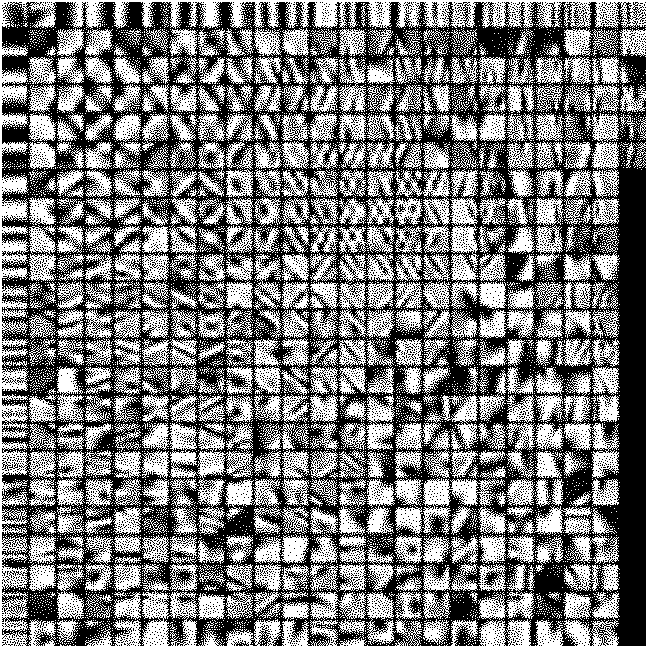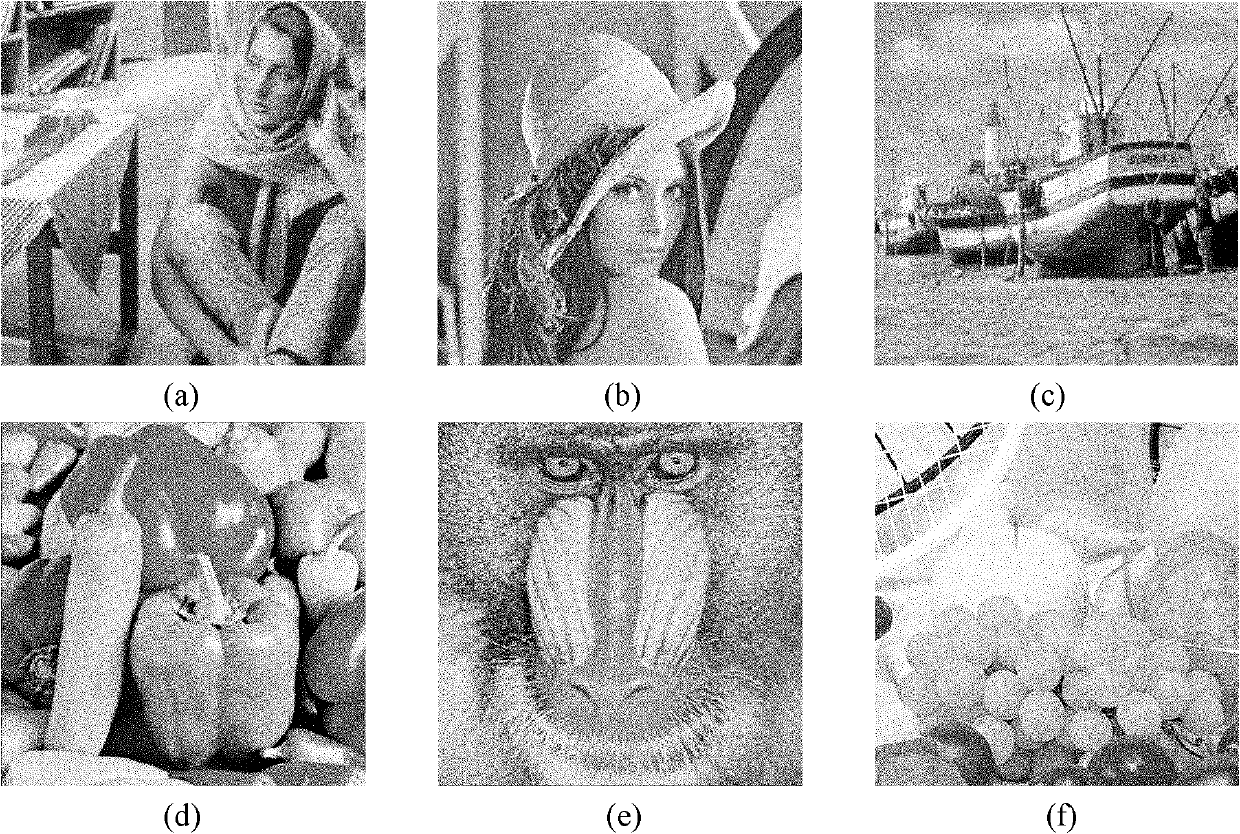Sparse representation-based deblocking method
A deblocking, sparse representation technology, applied in the field of image processing, can solve the problem of high computational complexity, achieve the effect of low computational complexity, good visual effect, and high peak signal-to-noise ratio
- Summary
- Abstract
- Description
- Claims
- Application Information
AI Technical Summary
Problems solved by technology
Method used
Image
Examples
Embodiment Construction
[0019] refer to figure 1 , the implementation steps of the present invention are expressed as follows:
[0020] Step 1. Train a general dictionary.
[0021] For a clean natural image set, select n 8*8 image blocks, 50000<n<150000, in the simulation experiment, select n to be 100000, construct a training matrix X1 with a size of 64*n, set the number of iterations to 20, use The DCT dictionary whose size is 64*512 carries out dictionary initialization, sets the sparsity S=6 of image block, utilizes KSVD algorithm and batch processing orthogonal matching pursuit algorithm to train general dictionary D according to formula (1),
[0022] min D , Φ | X 1 - D * Φ | F 2 s . t . | ...
PUM
 Login to View More
Login to View More Abstract
Description
Claims
Application Information
 Login to View More
Login to View More - R&D
- Intellectual Property
- Life Sciences
- Materials
- Tech Scout
- Unparalleled Data Quality
- Higher Quality Content
- 60% Fewer Hallucinations
Browse by: Latest US Patents, China's latest patents, Technical Efficacy Thesaurus, Application Domain, Technology Topic, Popular Technical Reports.
© 2025 PatSnap. All rights reserved.Legal|Privacy policy|Modern Slavery Act Transparency Statement|Sitemap|About US| Contact US: help@patsnap.com



